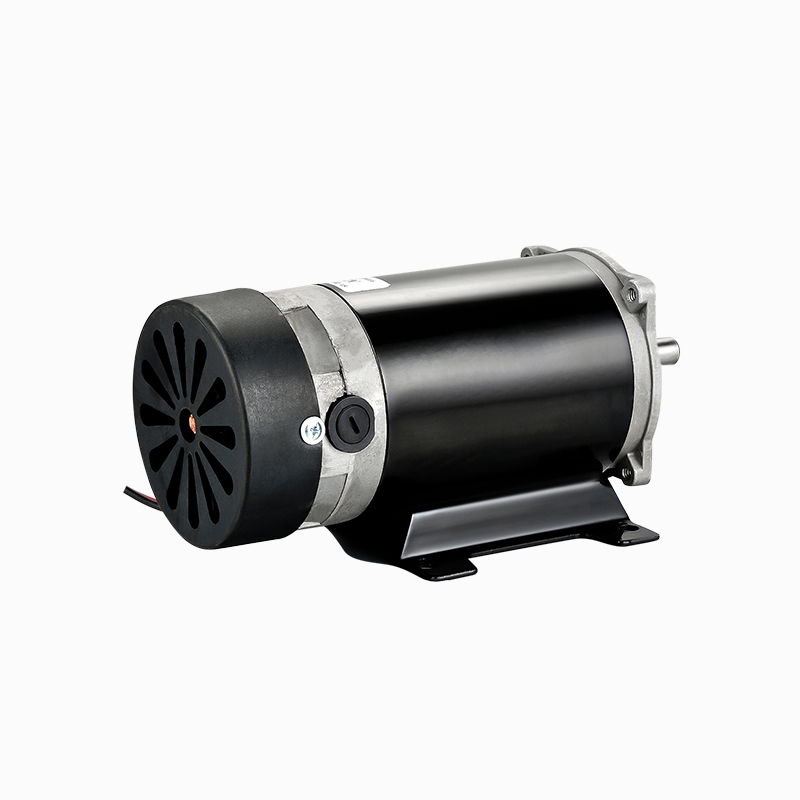Call us
+86-18023576732
+86-0579-89008006
Fax: +86-0579-82206899
Introduction to the Two Motor Types
In the world of direct current (DC) electric motors, two of the commonly discussed variants are the brushed DC motor and the Permanent Magnet DC Motor. These motors are used in a variety of applications, from automotive components to industrial automation, home appliances, and robotics. Despite their similar functionality—converting electrical energy into mechanical motion—they differ significantly in design, efficiency, performance, and maintenance. Understanding the advantages and disadvantages of each can help engineers and users select the right motor for a specific use case.

Structural Differences and Construction Efficiency
The fundamental difference lies in the source of the magnetic field. In brushed DC motors, the magnetic field is typically produced by an electromagnetic winding in the stator, whereas in a Permanent Magnet DC Motor, the magnetic field is supplied by permanent magnets. This eliminates the need for field windings, simplifying the motor’s construction and reducing overall weight. As a result, these motors tend to be more compact and energy-efficient in low- to medium-power applications. On the other hand, brushed motors may offer more adjustability in some scenarios due to their externally controlled field excitation.
Maintenance Requirements and Operational Durability
One of the main advantages of using motors with permanent magnets is their minimal maintenance requirements. Brushed motors depend on physical brushes and a commutator to transfer electricity to the rotor, causing wear and tear over time. These components require periodic replacement, making brushed motors less suitable for hard-to-reach or maintenance-intensive environments. Permanent magnet motors often operate without brushes or with fewer moving wear parts, which translates to longer service life and reduced maintenance costs.
Performance Characteristics and Efficiency
Efficiency is another area where the Permanent Magnet DC Motor tends to outperform its brushed counterpart. The lack of energy loss in the field winding and reduced friction from brushes allows for higher operational efficiency. These motors typically provide better torque-to-weight ratios and can start under load more effectively. However, one limitation is their performance at very high temperatures—permanent magnets can lose magnetism when exposed to heat, making brushed motors more reliable in thermal environments.
Control, Cost, and Customization
Brushed motors are often praised for their simplicity in control. They can be operated easily using basic controllers, which makes them cost-effective for many standard applications. In contrast, permanent magnet motors often require more sophisticated controllers, especially if they are brushless, to manage electronic commutation. This could cause a higher initial cost. However, the operational savings and increased lifespan may outweigh the upfront expense in many applications. Customization is also more flexible in brushed motor designs due to adjustable field control, which can be beneficial for dynamic loads.
Magnet Material Dependency and Supply Risks
A notable drawback of permanent magnet-based motors is their reliance on specific magnetic materials, such as neodymium or samarium-cobalt. These rare-earth materials can be costly and subject to supply chain limitations. In contrast, brushed motors that use copper windings for magnetism do not depend on these materials, making them more stable in terms of cost and availability during global supply fluctuations.
Suitability for Various Applications
While both motor types are used across many industries, the application often dictates the better choice. Permanent magnet motors are ideal for applications demanding high efficiency, quiet operation, and minimal maintenance, such as drones, medical devices, and electric bicycles. Brushed DC motors are more suited for short-term, lower-cost projects or where precise control over magnetic flux is needed. Each motor brings its strengths and weaknesses, and understanding these helps determine their ideal use case.
Contact Us